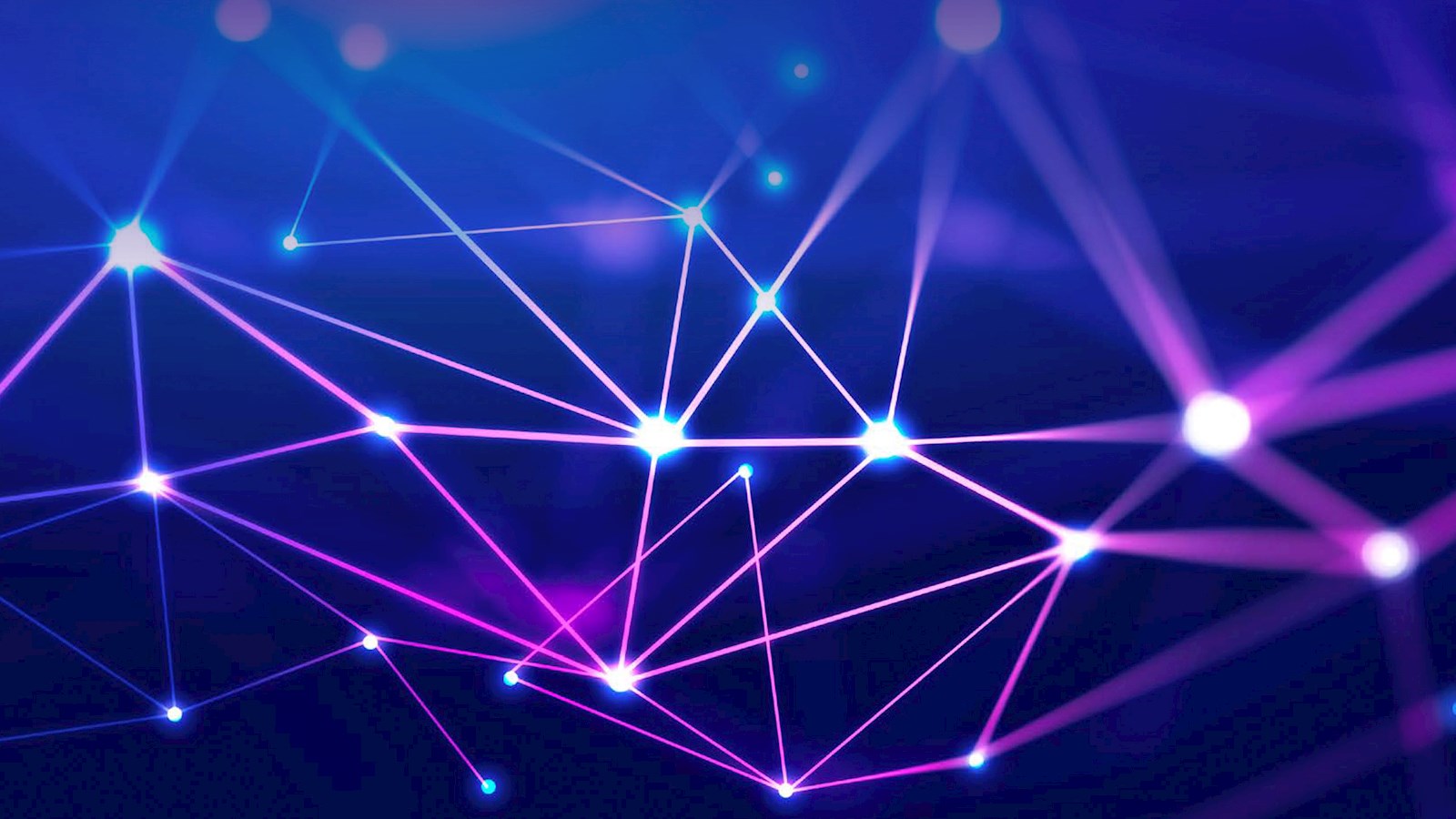
Martech 2030
Five trends in marketing technology for the decade of the augmented marketer
The 2020s have had a tumultuous start. Yet the challenges of these last two years, have taught us that people and organisations – even large organisations – can adapt quickly.
In the spring of 2020, many companies implemented new ways of engaging with their customers through digital channels and new ways of operating internally with a remote workforce in a matter of weeks.
Previously, such significant changes would have taken years, by some estimates.
A Twilio study of 2,569 companies published this summer found that, on average, the pandemic accelerated digital communication strategies by six years1. Data from a McKinsey article showed that in three months of 2020, US ecommerce penetration grew as much as it had in the past ten years2.
In Microsoft’s Q3 2020 earnings call, CEO Satya Nadella said, “We have seen two years’ worth of digital transformation in two months3.”
This year has taught us how disruption can come at us quickly. It’s not just risk from start-ups or large, adjacent competitors that might someday threaten our business. Disruption can happen instantaneously. The global pandemic shut down critical elements of marketing and sales, such as retail channels and in-person events, in a matter of days.
While we hopefully won’t repeat last year’s challenges, we can expect more and different kinds of disruptions ahead.
The big tech companies – Apple, Amazon, Facebook, Google, and Microsoft – that we rely on for many of our digital go-to-market mechanisms, can make sweeping changes in a snap; goodbye third-party cookies and all the marketing plays built around them. Or they can be forced into major overhauls by governments, for example GDPR, CCPA, executive orders and antitrust actions. Either way, we must be ready to adjust to an altered digital environment at any time.
It can feel overwhelming to marketing professionals who must keep up. Yet it is also exhilarating. With imagination, resilience and a sense of adventure, marketers who are willing to lean into these changes will pioneer the future of marketing and lead a decade of incredible innovation.
Martech 2030 examines five major trends within marketing technology poised to shape marketing strategy and operations at agencies and brands over the next 10 years. Instead of predicting the course of individual technologies – such as 5G or virtual reality interfaces – we delve into second-order effects on marketing strategy and operations derived from them.
Key takeaways on the five trends covered in the report include:
“No code” citizen creators
- The proliferation of “no code” tools will give non-specialist business users the ability to self-serve more of their needs immediately, instead of being constrained by the cost or availability of a specialist
- “No code” capabilities aren’t limited to building software. All kinds of digital assets, apps, analyses, and workflows will be produced by non-specialists using tools designed to empower citizen creators
- “No code” tools will abstract complex operations for marketers delivering automation and efficiencies. However, they will also multiply the number of moving pieces in a firm’s digital environment, increasing the need for platforms and software-based governance
- Specialists will still be in high demand for applying their skills to more advanced and complex creative activities. They will leverage “no code” tools to accelerate their production processes
- Software will increasingly expose its capabilities through APIs for “no code” tools to tap into that functionality for any workflow or customer experience built by a citizen creator (in marketing, a “marketing maker”)
Platforms, networks and marketplaces
- In a digital world, brands and agencies are shifting from static, linear, and hierarchical business and operating models to more dynamic structures and processes organised around platforms, networks, and marketplaces
- Brands and agencies will participate in many marketplaces, networks, and platform ecosystems, but some of the most strategic opportunities will be in creating their own
- Platforms thrive when they provide a common underlying architecture and governing principles that standardise data and operations across a high volume and wide variety of digital elements and interactions
- Marketplaces thrive when they optimise the matching of supply and demand while also provide trusted and reliable mechanisms to assure delivery and compliance in those transactions
- The dynamics of the ‘ecosystem economy’ will shape marketing strategy and operations, both inside and outside the firm, including collaborations between brands and agencies
The great app explosion
- Software will continue to become easier and cheaper to create, and there will be more and more digital touchpoints. Customers will expect more app-like experiences from brands, in both consumer and B2B market
- The landscape of commercial martech tools will continue to grow, as major marketing platforms enable and expand their ecosystems
- Agencies will have increasing opportunities to build their own martech apps for these marketing platforms to collaborate more closely with clients
- The proliferation of connected devices and exponential growth in bandwidth will enable more marketing assets – including previously static advertising formats – to have some level of software intelligence and interactivity built in. This will inspire a whole new wave of advertising and marketing creativity
- As marketing manages more and more software assets in its domain, orchestrating all these elements will require the combination of DevOps and RevOps practices and thinking in marketing operations, at both agencies and brands
From big data to big ops
- Big Data was a revolution for handling the enormous volume, variety, and velocity of data flowing through organisations today. Big Ops will be about managing the growing volume and variety of apps, automations, processes, and workflows operating in brands and agencies on top of that universe of data
- Organisations that excel at distilling data into insights (data intelligence) and activating it in real time in their operations (data reflexes) will achieve a competitive advantage
- Marketers will need to become more data and ops literate as an integral part of designing and managing marketing campaigns and programmes
- Regulations and ethics will limit how much personal information is available; marketers will have to find creative ways to target and personalise
- Data alliances and trusted data ecosystems will play a larger role in marketing operations – and will require greater governance for data regulation and compliance
- Given the amplifying effects Big Ops will have on the data it processes, the challenges of identifying and resolving issues with data discrimination, data bias, and data ethics will become increasingly important for agencies and brands. New AI-based tools will emerge to address these concerns
Harmonising humans and machine
- AI will not eliminate the need for humans in marketing in this decade. However, AI will shift the allocation of marketers’ time to higher-level work on strategy, innovation, creativity, collaboration, and deeper customer empathy and understanding
- Most AI applications in marketing will leverage machine learning with relatively narrowly defined models that are highly dependent on the data fed into them. It will be a human’s responsibility to oversee those models and the data sources they rely on
- Marketers will have to continually embrace and learn new AI-powered tools that expand their capabilities. This harmonisation of human strengths and talents with sophisticated software tools will usher in the era of the “augmented marketer”
- Marketers won’t be the only ones leveraging AI. The age of the “augmented customer” will change marketing dynamics, as consumers and business buyers adopt more and more advanced software to optimise their purchases and engagements with brands
- Increasingly, brands and agencies will implement strategies for marketing to machines – engaging with autonomous software agents operating on behalf of customers through data and APIs – to support “bot commerce”
Each of these trends is already emerging in practice today. But we believe each of them will grow exponentially in the years ahead. Collectively, they will reshape marketing disciplines in profound ways.
|
For more in-depth insight and analysis download Martech 2030 6MB
published on
13 August 2021
Category
More in Technology & data

How to build your brand in-game
A new research report from WPP and SuperAwesome

WPP puts itself at the heart of collaborative 3D worlds
Pixar's 3D animation file format – USD – is the invisible building block of our digital 3D future.

A clarion call for AI, accessibility & advertising
Innovating at the intersection of AI, accessibility, and advertising

